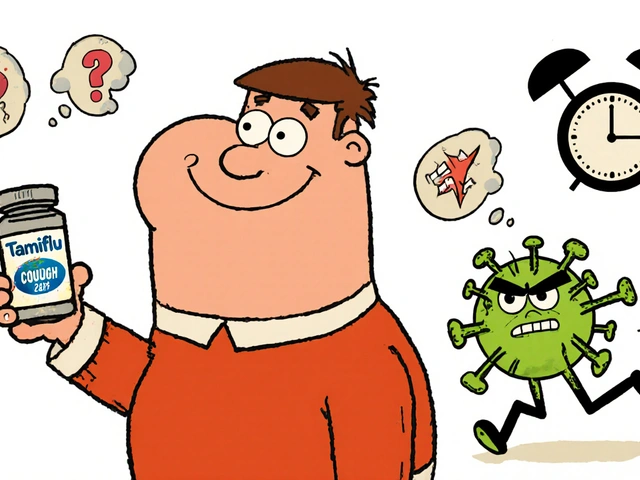Blood pressure medications: which type fits you and how to use them safely
High blood pressure is common, but treating it doesn’t have to be confusing. You’ll see a few main drug classes in clinic: ACE inhibitors, ARBs, thiazide diuretics, beta-blockers, and calcium channel blockers. Each works a bit differently and comes with its own side effects and simple rules to follow. This page helps you spot the differences and use medicines more safely.
Quick guide to the main drug classes
ACE inhibitors (like lisinopril) relax blood vessels. Common issues: cough, possible rise in potassium, and they’re not used in pregnancy. ARBs (losartan, valsartan) do similar work but usually don’t cause a cough. Hyzaar is an ARB plus a thiazide diuretic (losartan + hydrochlorothiazide) — it lowers blood pressure and can change salt and potassium levels, so kidney checks are useful.
Thiazide diuretics (hydrochlorothiazide) help the body remove extra salt and water. They’re cheap and effective but can affect sodium, potassium, and blood sugar. Beta-blockers (bisoprolol, metoprolol) slow your heart and lower pressure—good if you have heart disease but may cause tiredness or problems if you have asthma. Calcium channel blockers (amlodipine, diltiazem) relax arteries and are often well tolerated.
Practical tips for daily use
Take your pill at the same time each day. Pick a routine—morning with breakfast or evening after brushing teeth—so you don’t forget. Don’t stop suddenly; some drugs (especially beta-blockers) can cause rebound symptoms if stopped without medical advice.
Measure at home. Use a cuff-style monitor, sit quietly for five minutes, and record readings. Bring the log to appointments so your clinician can adjust treatment based on real numbers, not guesswork.
Watch for common side effects: lightheadedness when standing up, swelling in the legs (with calcium channel blockers), cough (with ACE inhibitors), or increased urination (with diuretics). Severe signs — chest pain, fainting, severe shortness of breath, or very low blood pressure — need urgent care.
Know common interactions. NSAIDs can blunt blood pressure medicines. Potassium supplements or salt substitutes can raise potassium when used with ARBs or ACE inhibitors. Certain herbal supplements change drug levels—ask your doctor before mixing anything new.
Lifestyle changes matter. Cutting salt, moving more, losing a few pounds, limiting alcohol, and quitting smoking all make medications work better and may reduce how many pills you need.
If you want deeper reading on specific drugs we cover on NowRx.com, check our Hyzaar guide for dosing and safety, and the Bisoprolol article to learn about formulations and side effects. Talk openly with your clinician about goals, side effects, and how to track progress. Small steps—consistent meds, basic monitoring, and a few lifestyle changes—make a big difference for blood pressure control.




